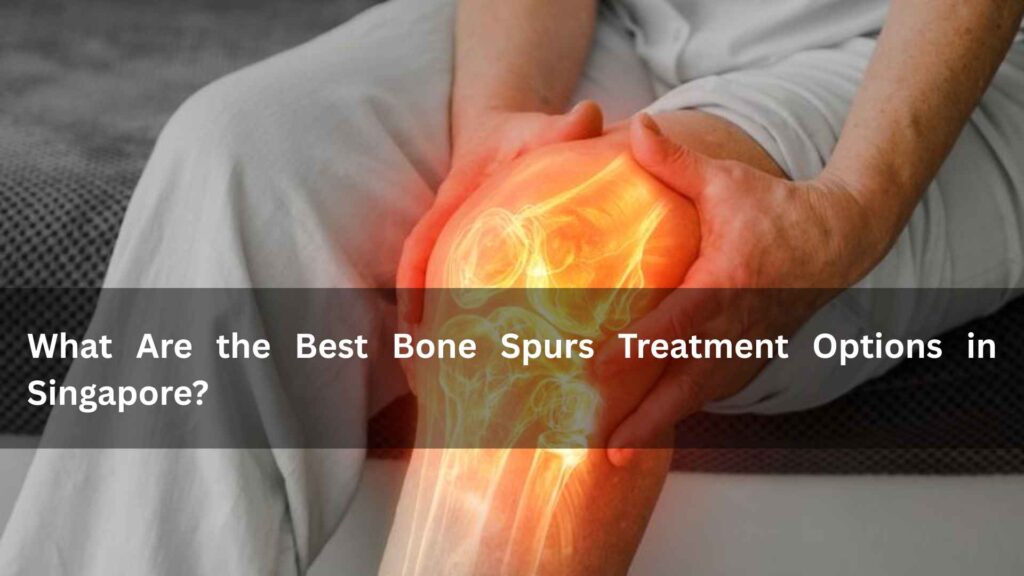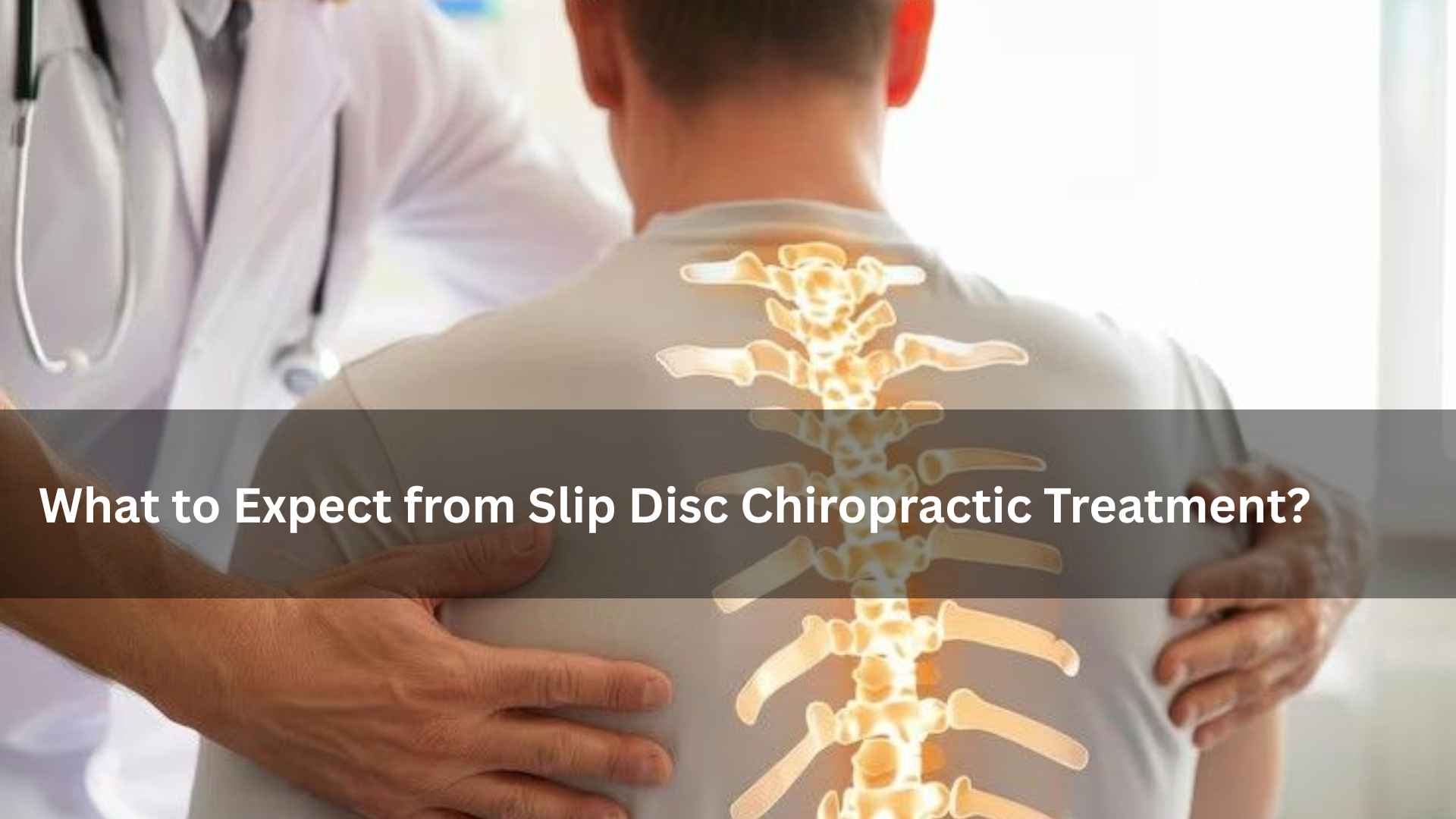Bone spurs, medically known as osteophytes, are bony growths that form along the edges of bones, often near joints. While some patients may have bone spurs without noticeable symptoms, others experience persistent pain, stiffness, and mobility issues. In Singapore, where lifestyle and aging populations contribute to musculoskeletal challenges, bone spurs are increasingly common.
The good news is that patients have access to a wide range of bone spurs treatment in Singapore. From conservative therapies like physiotherapy and medication to advanced surgical solutions, Singapore’s healthcare system is well-equipped to handle this condition. This article will explore the best treatment options, helping patients understand their choices and make informed decisions about their care.
Understanding the Need for Bone Spurs Treatment in Singapore
Bone spurs typically develop due to prolonged joint stress, arthritis, or degeneration of cartilage. Over time, the body creates extra bone as a natural response to stabilize affected areas. Unfortunately, this often leads to nerve compression, inflammation, and reduced joint function.
Why is bone spurs treatment in Singapore so important?
Early intervention prevents complications like chronic pain and nerve damage.
Maintains mobility, allowing patients to continue daily activities.
Improves quality of life, reducing discomfort and restoring independence.
Prevents further joint deterioration, particularly in older adults.
Without treatment, bone spurs may worsen, causing severe restrictions in movement and increasing the likelihood of surgery.
Common Symptoms That Require Bone Spurs Treatment in Singapore
Recognizing the signs early can ensure timely treatment. Some of the most common symptoms include:
Persistent joint pain that worsens with activity
Stiffness, especially in the morning or after periods of rest
Limited range of motion in the affected area
Tingling or numbness caused by nerve compression
Swelling and inflammation around the joint
Heel pain, particularly in cases of heel spurs
Patients experiencing these symptoms should consult an orthopaedic specialist to determine the best course of bone spurs treatment in Singapore.
Non-Surgical Bone Spurs Treatment in Singapore
Not all cases require surgery. In fact, most patients begin with non-surgical approaches that can provide significant relief. Some of the most common non-invasive bone spurs treatment options in Singapore include:
Physical Therapy: Customized exercise programs strengthen muscles, improve flexibility, and reduce joint pressure.
Medication: Non-steroidal anti-inflammatory drugs (NSAIDs) help manage pain and swelling.
Corticosteroid Injections: Targeted injections relieve inflammation and reduce pain for weeks or months.
Orthotic Devices: Shoe inserts, braces, or splints support affected joints, particularly for heel spurs.
Lifestyle Modifications: Weight management, improved posture, and ergonomic adjustments lessen strain on joints.
These treatments are particularly effective in mild to moderate cases of bone spurs, allowing patients to avoid or delay surgery.
Surgical Bone Spurs Treatment in Singapore
For patients with severe symptoms or when non-surgical treatments fail, surgery becomes a necessary option. Surgical bone spurs treatment in Singapore includes:
Arthroscopy: A minimally invasive technique where surgeons use small instruments to remove bone spurs through tiny incisions.
Open Surgery: Required in more complex cases where large bone spurs must be removed or when nerves are compressed.
Joint Replacement Surgery: Recommended for patients with advanced arthritis where bone spurs are accompanied by severe cartilage damage.
Surgery is often followed by physiotherapy to restore strength, flexibility, and mobility. Patients benefit from Singapore’s advanced surgical facilities and highly trained orthopaedic surgeons.
Best Clinics and Hospitals for Bone Spurs Treatment in Singapore
Patients looking for high-quality care will find excellent options in Singapore’s healthcare system. Some of the most recognized centres for bone spurs treatment in Singapore include:
Singapore General Hospital (SGH): Renowned for comprehensive orthopaedic care and advanced surgical options.
National University Hospital (NUH): Offers holistic musculoskeletal treatment with state-of-the-art facilities.
Tan Tock Seng Hospital (TTSH): Known for multidisciplinary care and rehabilitation support.
Raffles Orthopaedic Centre: Provides private healthcare services with patient-focused treatment plans.
Parkway East Hospital: Specializes in minimally invasive surgeries and fast-track recovery programs.
These clinics offer both conservative and surgical solutions, ensuring patients receive tailored treatment plans.
Choosing the Right Bone Spurs Treatment in Singapore
Deciding where and how to treat bone spurs can be overwhelming. Patients should consider the following factors when choosing bone spurs treatment in Singapore:
Expertise of Specialists: Look for clinics with experienced orthopaedic surgeons and physiotherapists.
Diagnostic Capabilities: Advanced imaging tools like MRI and CT scans ensure accurate assessment.
Treatment Range: Availability of both non-surgical and surgical options provides flexibility.
Rehabilitation Services: Access to physiotherapy and long-term care ensures lasting results.
Patient Reviews: Feedback from other patients can provide insights into clinic reliability.
A personalized approach is always best, so consulting with a trusted specialist is recommended.
Lifestyle Adjustments to Support Bone Spurs Treatment in Singapore
Medical treatment works best when combined with lifestyle changes. Patients undergoing bone spurs treatment in Singapore are advised to:
Maintain a Healthy Weight: Reducing excess pressure on joints prevents further bone spur development.
Engage in Low-Impact Exercises: Swimming, yoga, and cycling strengthen muscles without stressing joints.
Wear Proper Footwear: Supportive shoes help patients with heel or foot spurs.
Practice Good Posture: Proper ergonomics reduce spinal stress and prevent worsening symptoms.
Eat a Balanced Diet: Nutrients like calcium and vitamin D support overall bone health.
These adjustments not only complement treatment but also reduce the risk of recurrence.
Cost of Bone Spurs Treatment in Singapore
The cost of bone spurs treatment in Singapore varies widely depending on severity, clinic, and type of treatment. Non-surgical treatments like physiotherapy, medication, and injections are generally more affordable. Surgical procedures, on the other hand, can cost significantly more, especially if hospitalization and rehabilitation are required.
Insurance coverage may apply, depending on the policy. Patients should consult both their healthcare provider and insurer to understand the financial implications of bone spurs treatment in Singapore.
Conclusion: Finding the Best Bone Spurs Treatment Options in Singapore
Bone spurs can significantly affect mobility and quality of life if left untreated. Fortunately, patients in Singapore have access to some of the best medical facilities and treatment options in the region. Whether through conservative methods like physiotherapy and medications or advanced surgical techniques, effective solutions are available.
By consulting a specialist, exploring both non-surgical and surgical approaches, and making supportive lifestyle changes, patients can achieve long-term relief. The wide availability of expert care ensures that those seeking bone spurs treatment in Singapore can regain mobility, reduce pain, and restore their quality of life.









